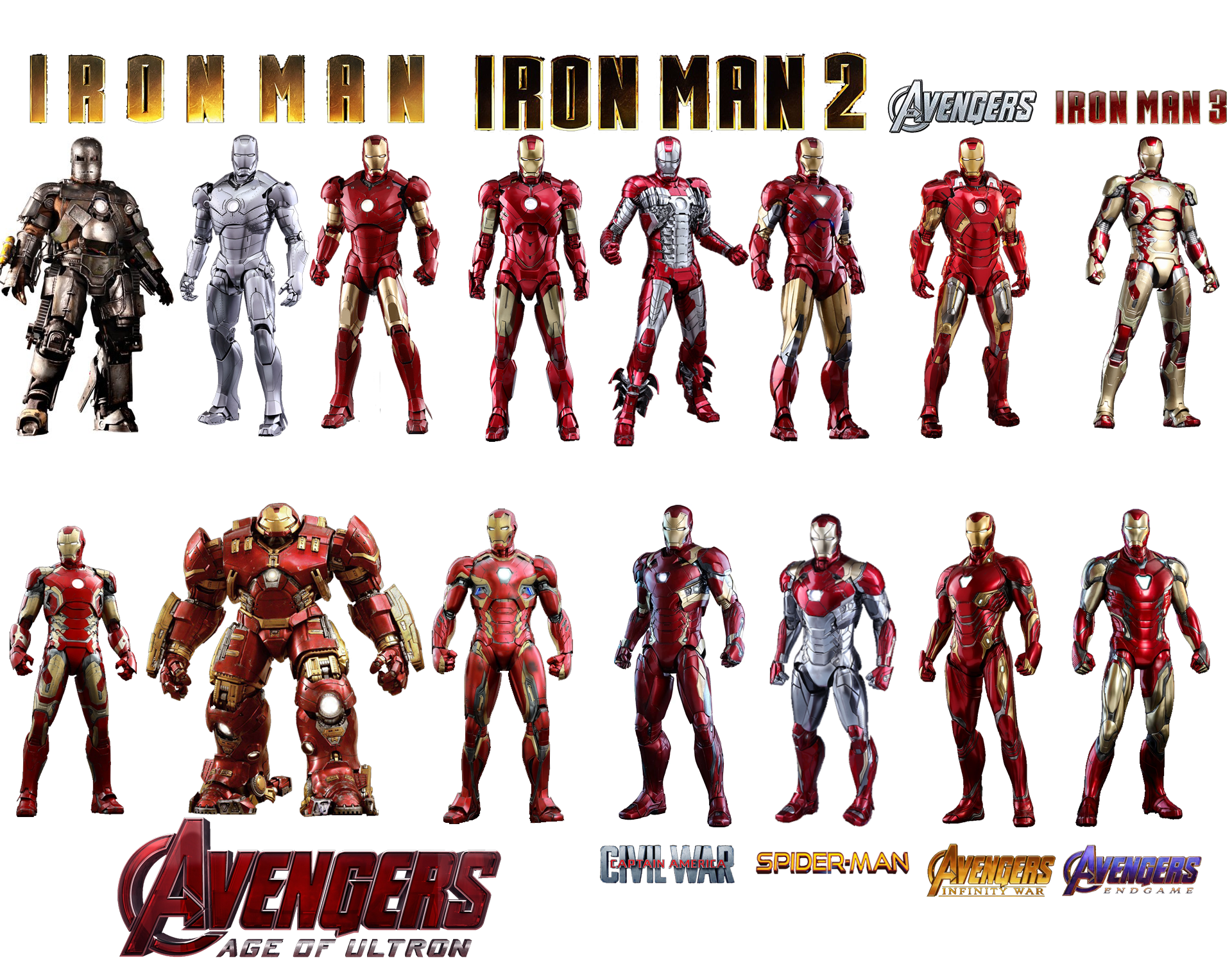The man in the suit – Tony Stark, or Iron Man, as he’s more famously known. It’s hard to believe it’s been over 15 years since we first met this genius billionaire philanthropist on the big screen. The Marvel Cinematic Universe (MCU) has come a long way since then, and yet, Tony Stark remains one of its most iconic and enduring figures.

- Immersive Visuals Redefine The Cinematic Experience: A Look Into The Mind-Blowing Special Effects Of The Latest MCU Blockbuster
- Top 10 MCU Movies According To Critics
- Best MCU Movies For New Fans To Start With
- Everything We Know About Upcoming MCU Releases
- The Biggest Fan Theories About Marvel’s Next Release
When the first Iron Man movie dropped in 2008, it was a game-changer. Not just for Marvel, but for superhero movies as a whole. Here was a character that defied the mold of your traditional, brooding hero. Tony Stark was funny, arrogant, and irreverent – and we couldn’t get enough of him.
Robert Downey Jr.’s portrayal of Tony Stark brought a level of depth and nuance to the role that we’d never seen before. He was a superhero, but he was also a complex and flawed human being. We saw him struggle with the weight of his responsibilities, both as a superhero and as a businessman. We saw him grapple with the consequences of his actions, and we saw him grow and evolve as a person.
As the MCU expanded and more characters were introduced, Tony Stark remained the emotional and psychological core of the franchise. He was the glue that held it all together – the one character who had a connection to just about everyone else in the universe. Whether he was mentoring Peter Parker or butting heads with Captain America, Tony Stark was the linchpin that made the MCU work.
Of course, it wasn’t just Tony Stark’s superhero alter ego that made him so compelling. It was the man behind the suit – the vulnerabilities, the fears, the insecurities. We saw glimpses of them in the earliest movies, but it wasn’t until the later films that we really began to understand the complexities of Tony Stark’s psyche.
In Iron Man 3, we saw Tony struggling with PTSD and anxiety – the aftermath of his near-death experience at the hands of Loki. We saw him question his own identity and purpose, and wonder whether he had what it took to be a hero anymore.
In Avengers: Endgame, we saw Tony Stark sacrificing himself to save the world – a heart-wrenching moment that left fans reeling. It was the perfect way to bring the character’s arc full circle, and to give him a sense of closure and redemption.
And yet, even though Tony Stark is gone, his legacy lives on. In Black Widow, we saw Natasha Romanoff reflecting on her time with the Avengers – and the lessons she learned from Tony Stark. In Spider-Man: Far From Home, we saw Peter Parker grappling with the weight of Tony’s responsibilities – and trying to live up to his hero’s example.
The Marvel Cinematic Universe will always be Tony Stark’s world – and we just happen to live in it. He may be gone, but his presence will be felt for years to come – in the characters who carry on his legacy, and in the suits that he left behind. The man in the suit may be gone, but the spirit of Iron Man will live on forever.
For those who follow superhero movies closely, it’s not hard to pinpoint how the MCU would be had there been no role of Iron Man; for those unfamiliar with the concept, to know in a few words how the Iron Man has transformed, the broader world as well needs watching closely a dramatic shift, taking place for the central figures. We’ve learned so much about so many, in the face of such overwhelming odds – they became a better version of who they wanted to be and became who we’ve grown to respect the most.
Iron Man/Tony Stark had been the one guy for a fair few movies in the recent trends of a run that continued building up ideas on several levels and he was such a massive hit that what existed before him took some twists to create better series along various movie franchises in the central core of the Marvel universe




